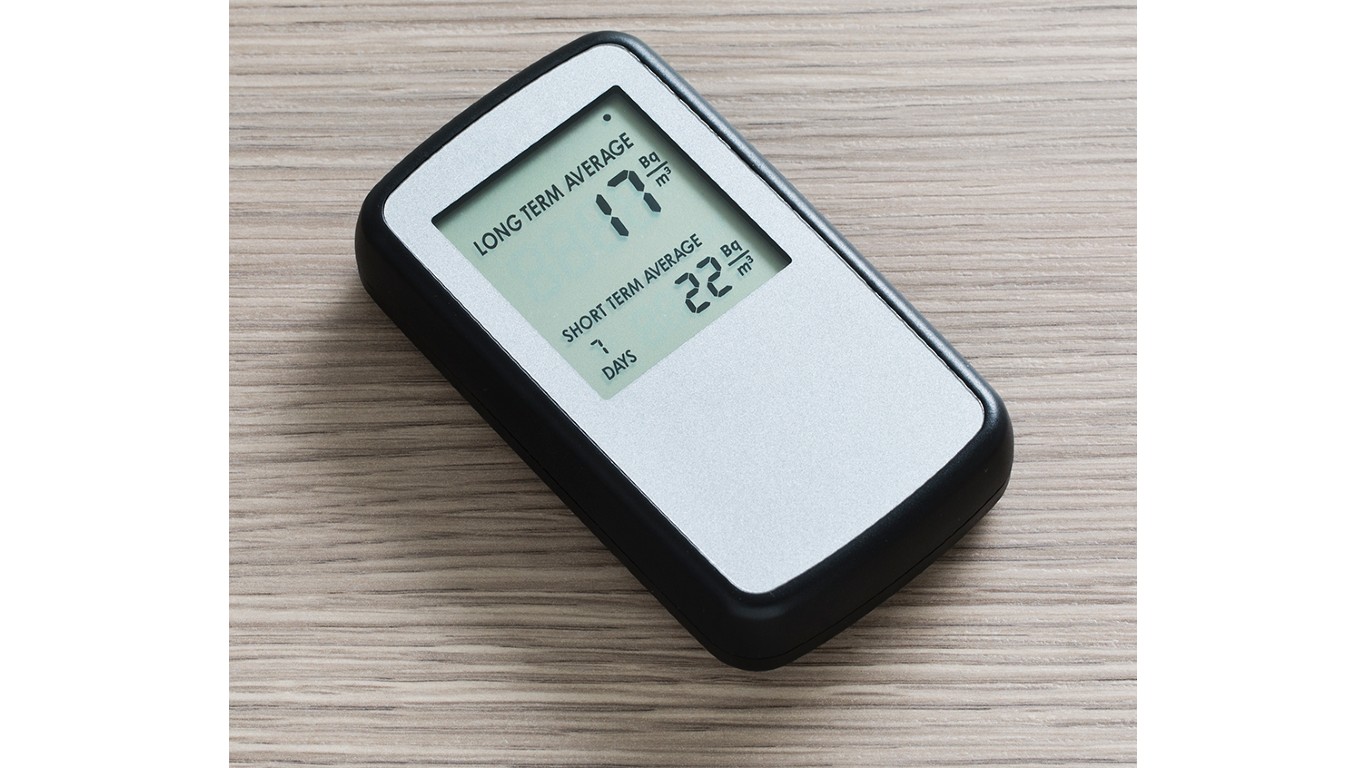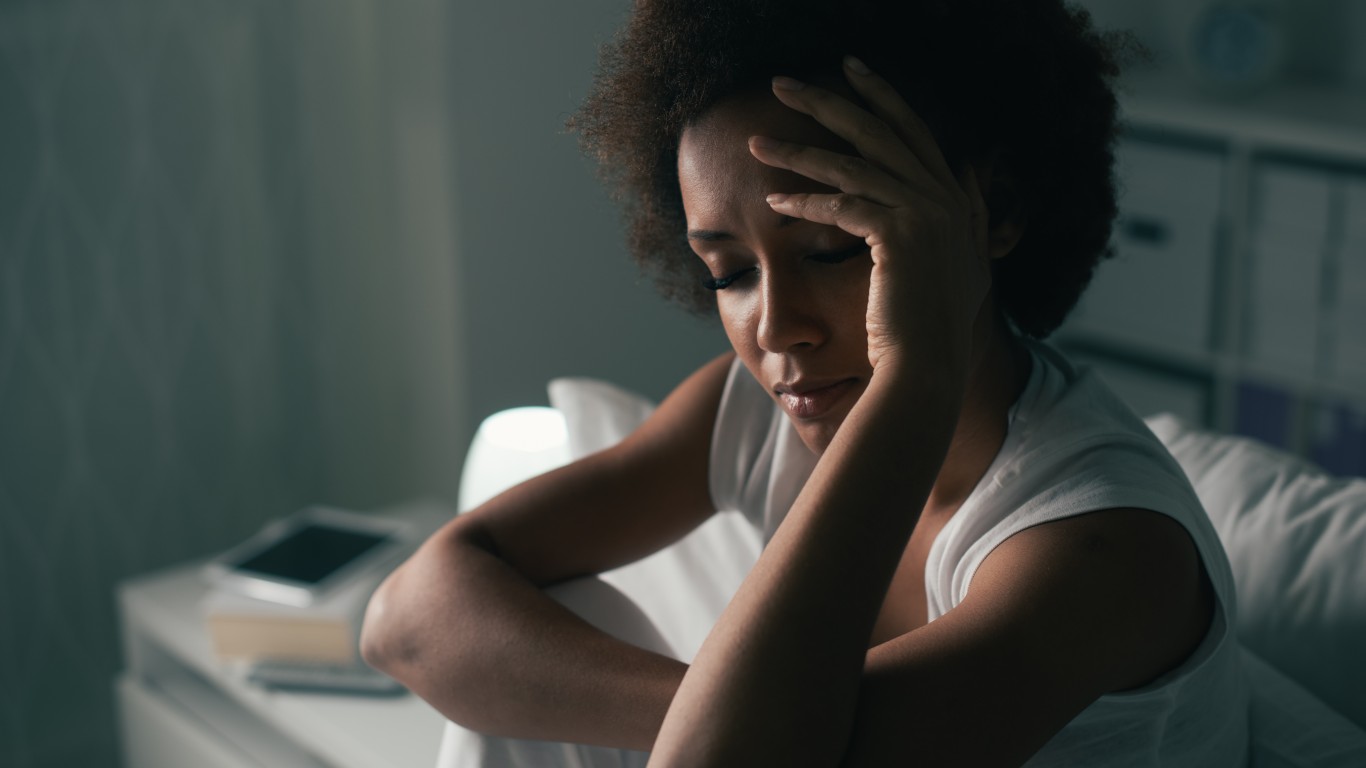
Most people spend 90% of their time indoors, where air quality is likely to be much more problematic than it is outdoors. Pollutants from consumer products; toxic byproducts of burning wood, oil, and gas; humidity; even the dirt on the soles of your shoes can have or lead to health impacts, alone or in combination with other factors. (Be especially careful if you live in one of America’s 50 dirtiest cities.)
For all of these potential sources of health problems, ventilation is key to keeping indoor air cleansed and comfortable to breathe. Modern HVAC systems do a good job not only at moderating temperature but also at filtering the air and even regulating humidity. In the absence of a high-functioning system, it is particularly important to open windows and use fans to reduce known exposures to chemicals and pathogens.
Click here to learn how to improve air quality at home
Still, good ventilation is not enough to protect your family from all household contamination, particularly family members with asthma, autism, allergies, and various respiratory conditions. General cleanliness, conscious avoidance of some consumer products, being aware of water leaks, banning tobacco smoke, changing air filters, and monitoring for pollutants that may come from the home itself, such as lead, asbestos, and radon, will all help assure that your family is breathing air that will not make them sick. (It’s always a good idea to pay attention to these warning signs that you’re in bad health.)
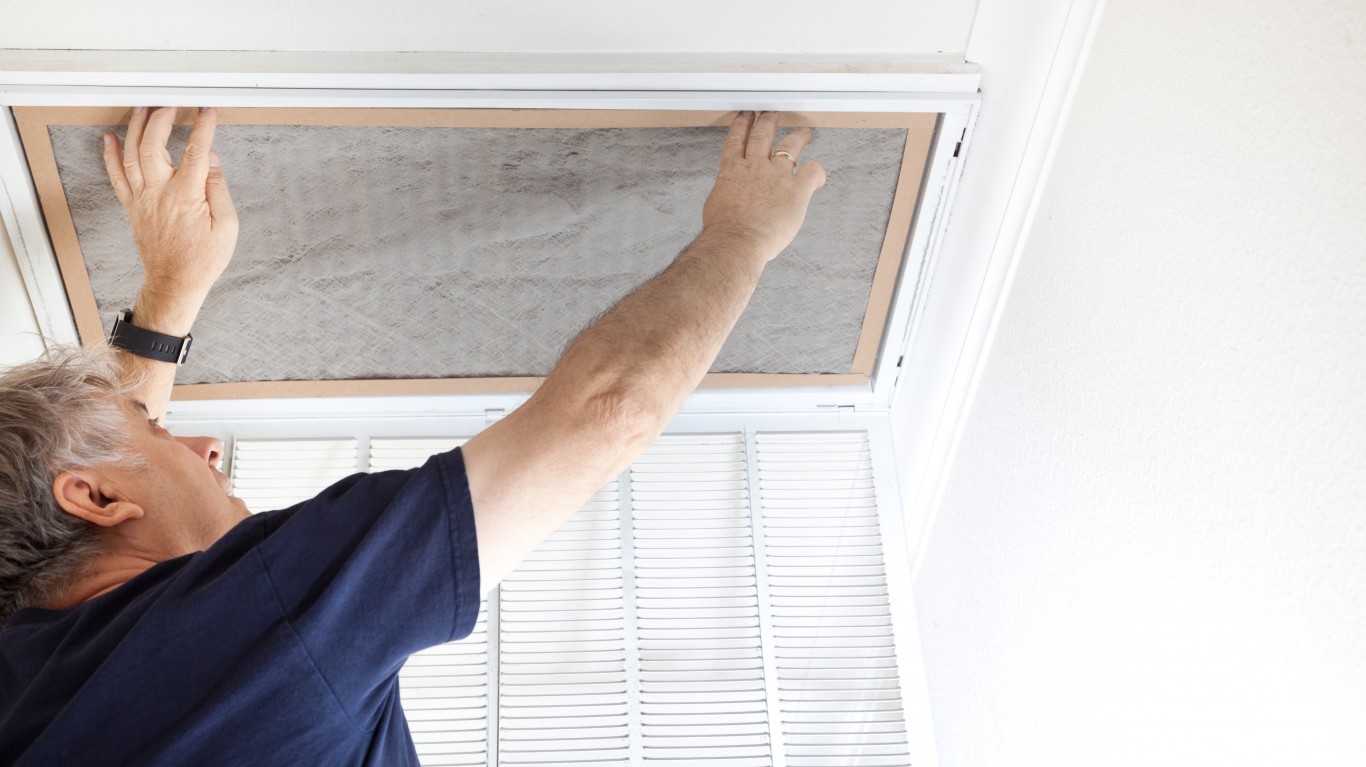
1. Change your AC filter
Your AC filter reduces the amount of dust and other allergens in your home, making indoor air healthier to breathe — but it needs to be changed regularly. Begin by choosing a high quality filter, then replace it based on conditions in your immediate environment. If you have pets or live in a particularly dusty area, you may want to change the filter as often as every three weeks. It also depends on how much AC you use (the amount of time it is actively filtering the air). It may be that you only need to change the filter once before and once after the highest use months.
When it doubt, check on your filter once in a while, holding it up to the light to see how dirty it is.
[in-text-ad]
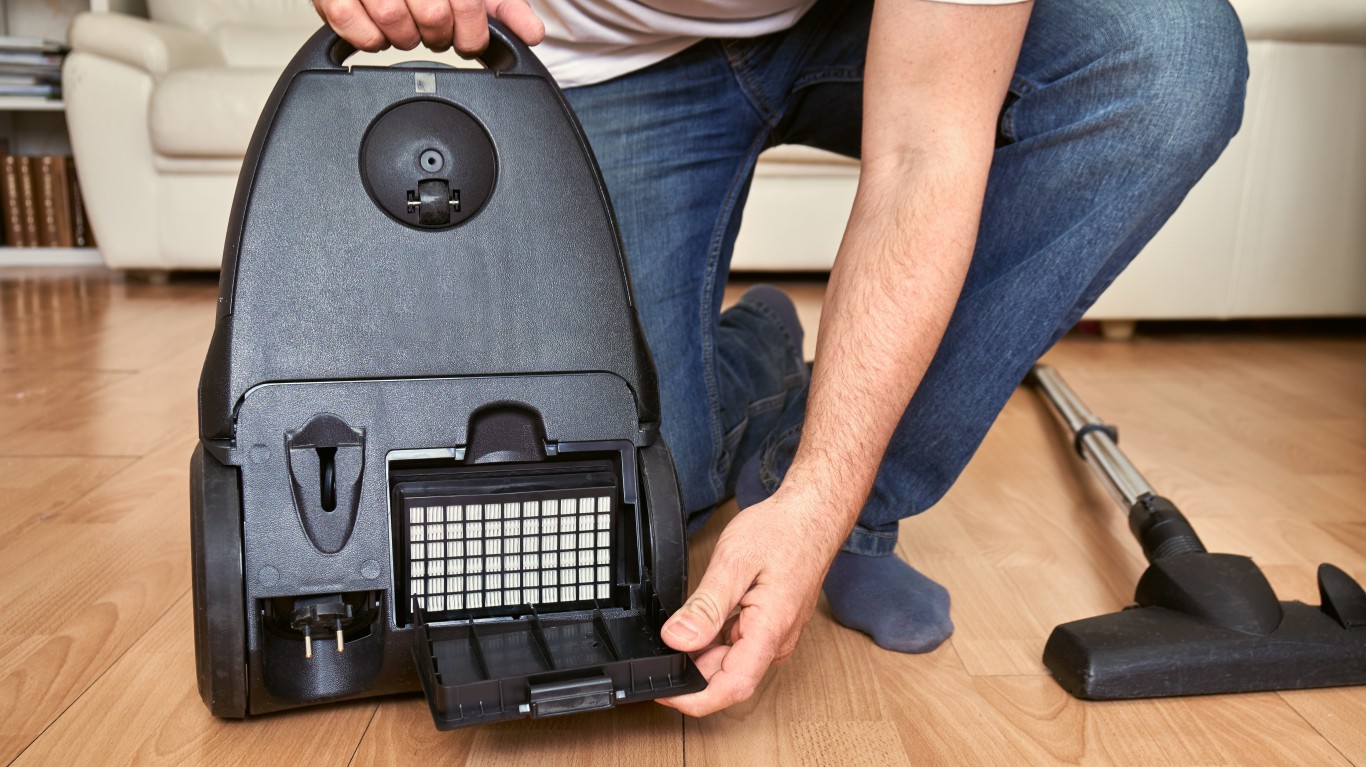
2. Clean your vacuum cleaner filter
If your vacuum cleaner smells bad when you start it up, it’s a good sign that the filter needs cleaning. Cleaning the filter whenever emptying the dust bag not only makes the vacuum cleaner more effective at removing dust and dirt from your home, but also prolongs the life of the filter and even the motor of the vacuum cleaner. An exception to the rule applies to HEPA filters, which can be damaged by cleaning. Instead, replace the filter when it becomes less effective, using filters made by the original manufacturer.
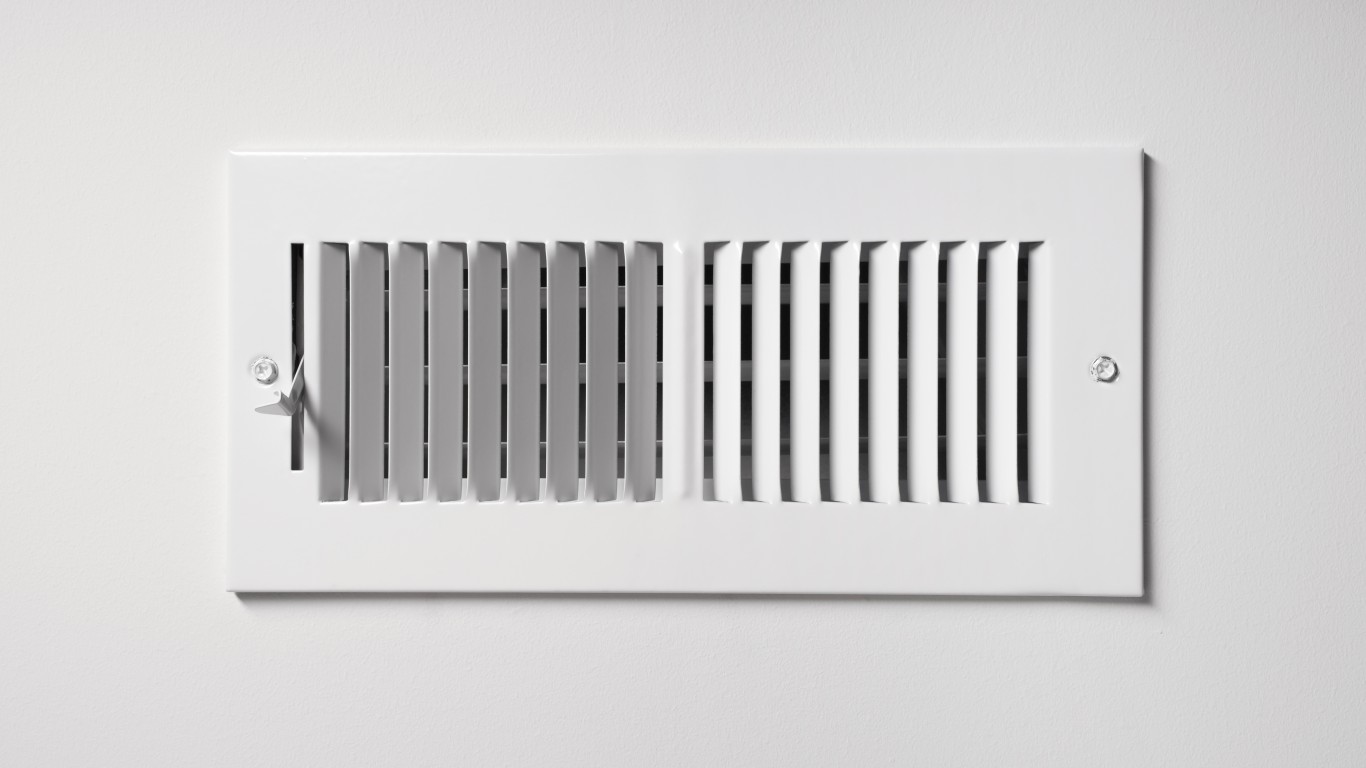
3. Check your air ducts
Contrary to popular opinion, your HVAC air ducts do not generally require cleaning, as dirt and dust generally cling to the inside surfaces of the ducts and are not circulated into the home. However, leaking air ducts can lead to uneven heating and cooling, increased dust and contaminants in the air, and harm to the HVAC system, requiring more frequent repairs.
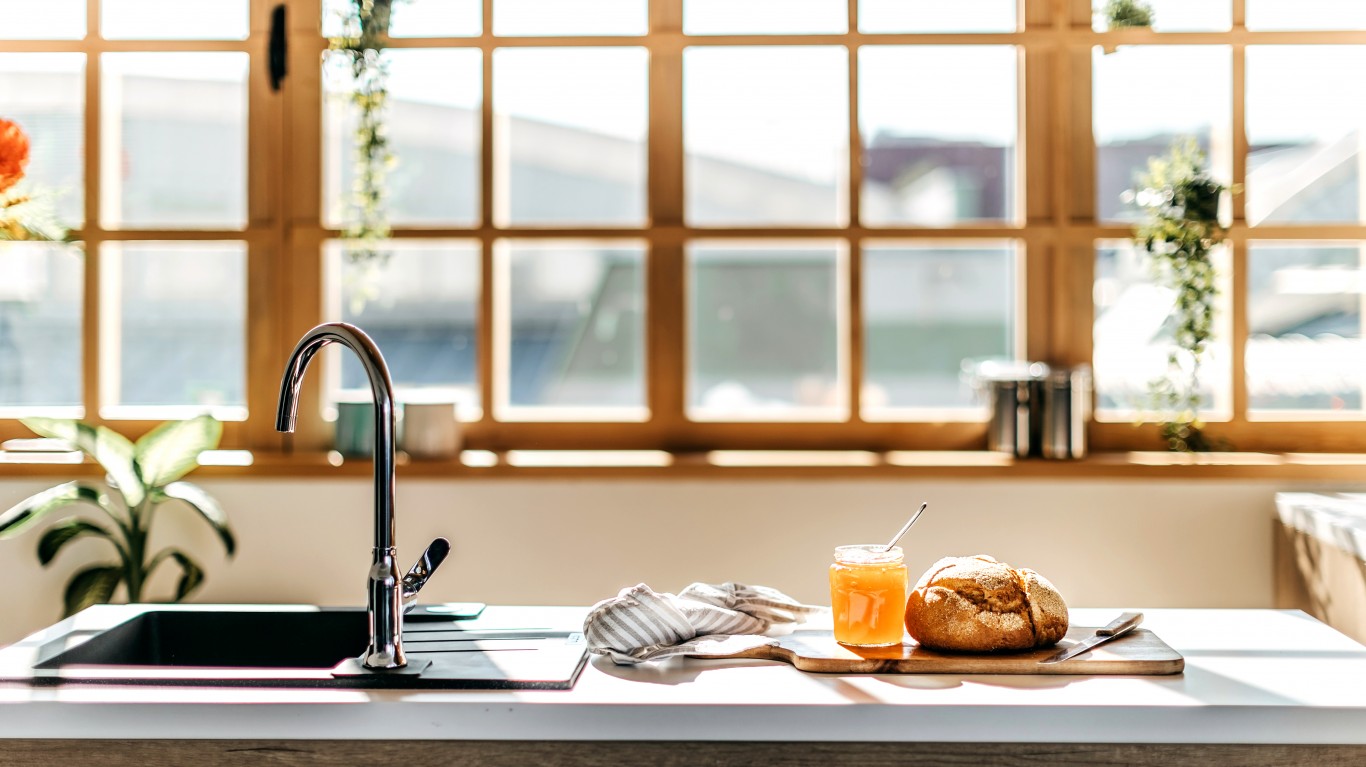
4. Open the window when cooking
Cooking can be hazardous to your health. The burning of natural gas and propane releases carbon monoxide, formaldehyde, and other toxins into the air, and cooking with oil at high temperatures can produce other contaminants. These chemicals then cling to surfaces and remain a source of kitchen pollution. You can protect your family and pets by using cooking hoods and other ventilation systems, or by opening windows when cooking.
[in-text-ad-2]
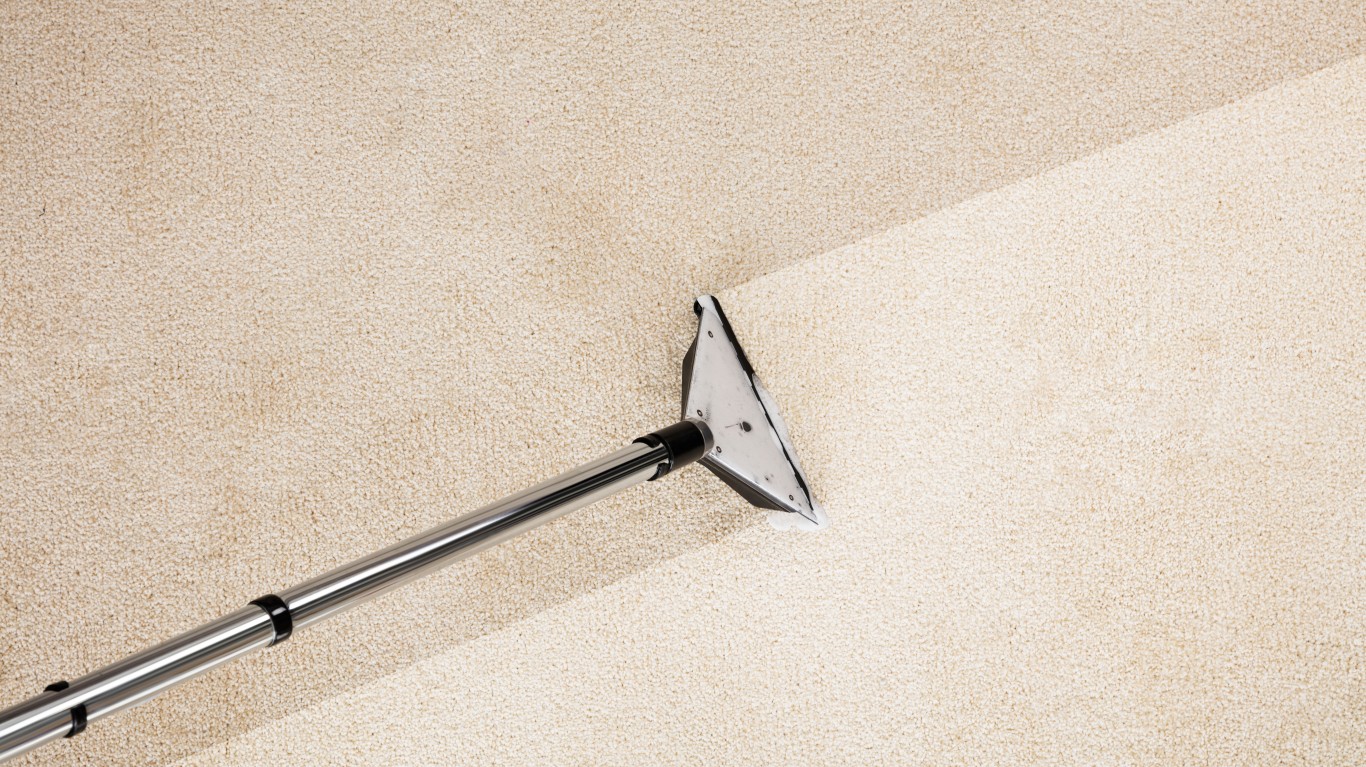
5. Clean carpets often
Because carpets trap dirt and allergens that are then released when a carpet is walked on, a dirty carpet can have an effect on air quality. Generally speaking, carpets should be vacuumed every week, and more often when young children and pets are in residence. It is a good idea to do a more thorough cleaning every 6 to 12 months, based on the traffic the carpet endures. Consider a professional cleaner to do the deep cleaning that eliminates mold, yeast, and mildew that may exist deep in the carpet’s pile.
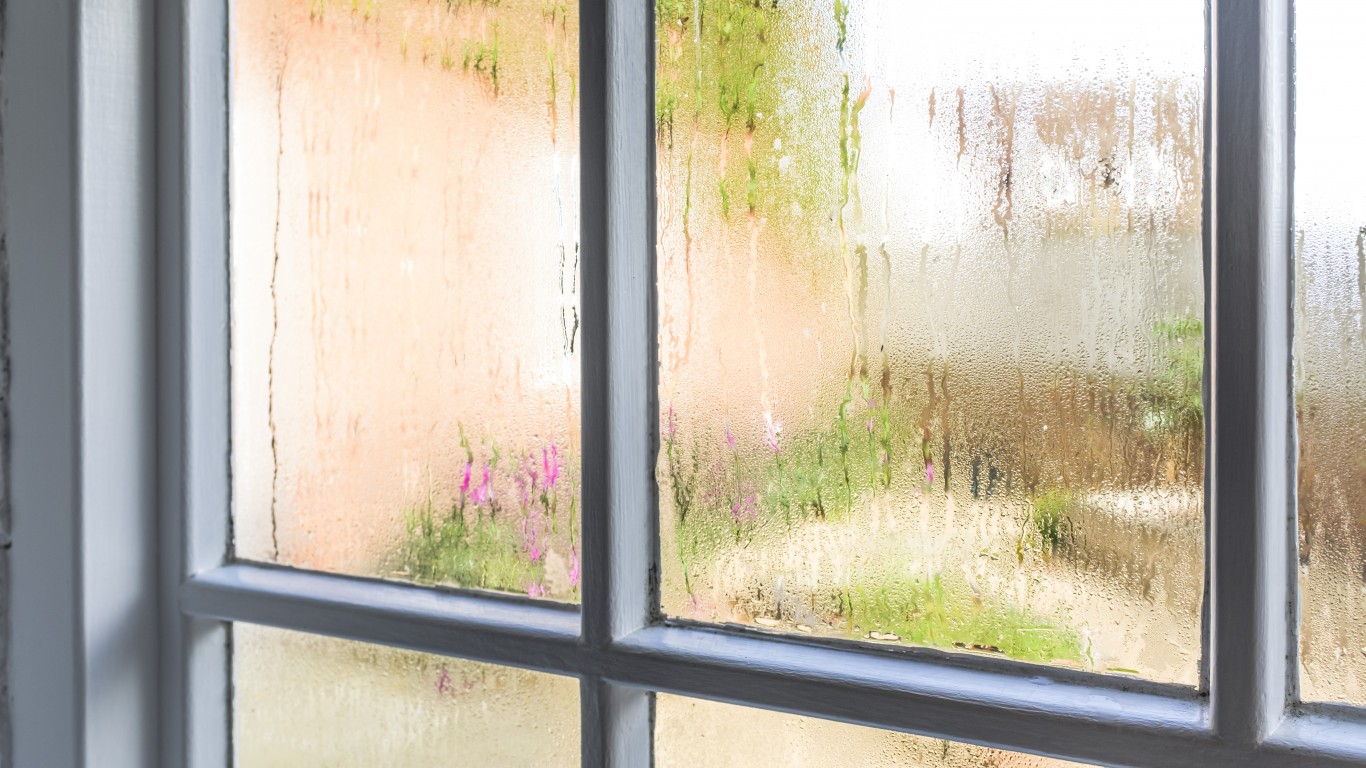
6. Keep the humidity at the right level
The change in seasons means a change in humidity in your home, which can cause discomfort, but also can be bad for your health. Because cold air holds less moisture and is further dried out by heating, winter air is dry, causing chapped skin and lips, dry fly-away hair, and, more seriously, respiratory problems, such as bronchitis, sinusitis, nosebleeds, dehydration, and asthma.
Hot damp air in summer has its own discomforts and health implications. Sweat provides a cooling function in hot weather, but if the air is full of moisture, sweat will not evaporate as easily. From a health perspective, humid air promotes the growth of mold and mildew, and can concentrate toxic volatile organic compounds (VOCs). Even in the absence of an updated HVAC system that monitors and controls moisture in the air, you can still bring humidity to comfortable levels. In the winter, humidifiers will certainly help, as will simply placing containers of water around the house. In the summer, use a dehumidifier, and take advantage of breezes to help remove VOCs by opening the windows.
[in-text-ad]
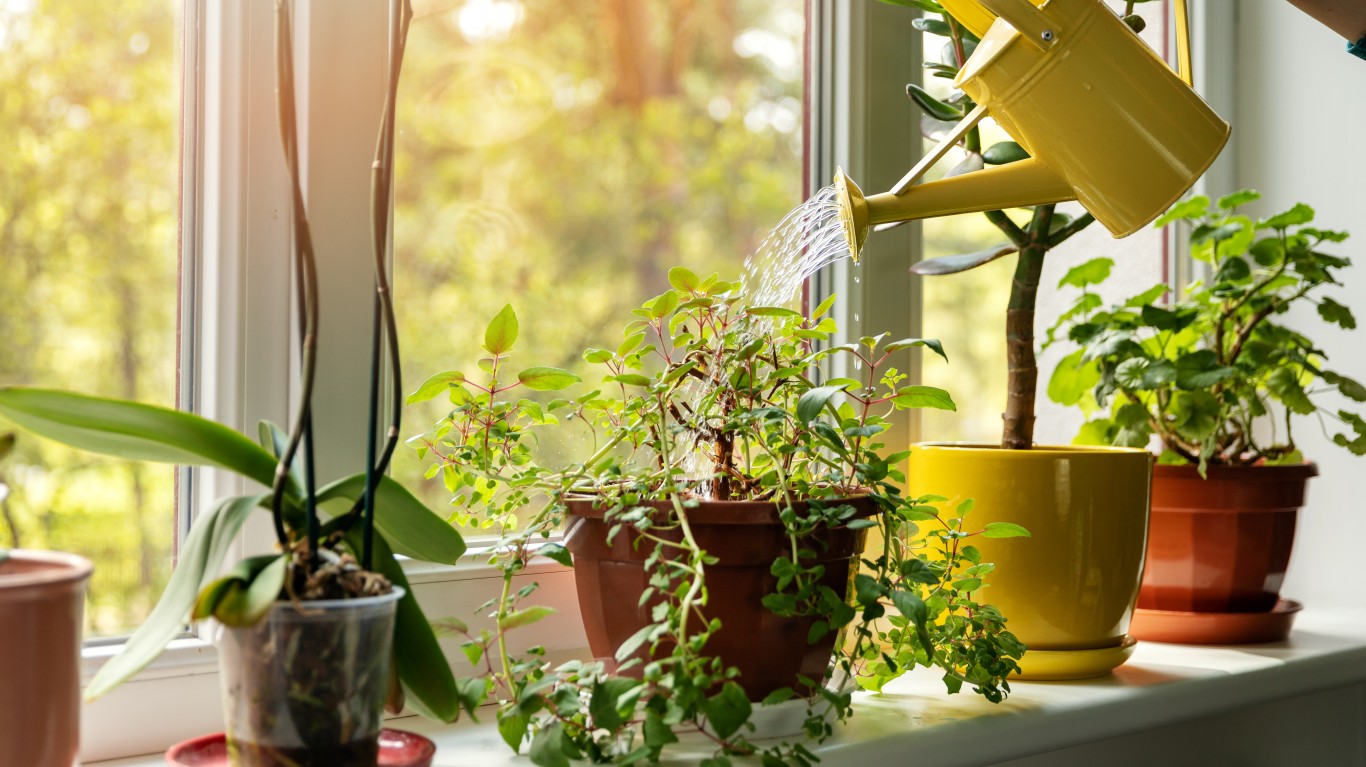
7. Get plants
Though it may take a large number of plants to be as effective as an air purifier, studies have shown that the roots and soil of indoor plants can seriously reduce the amount of VOCs in the air of your home. Recommended plants include certain palms, Boston ferns, rubber trees, spider plants, and ficus trees.
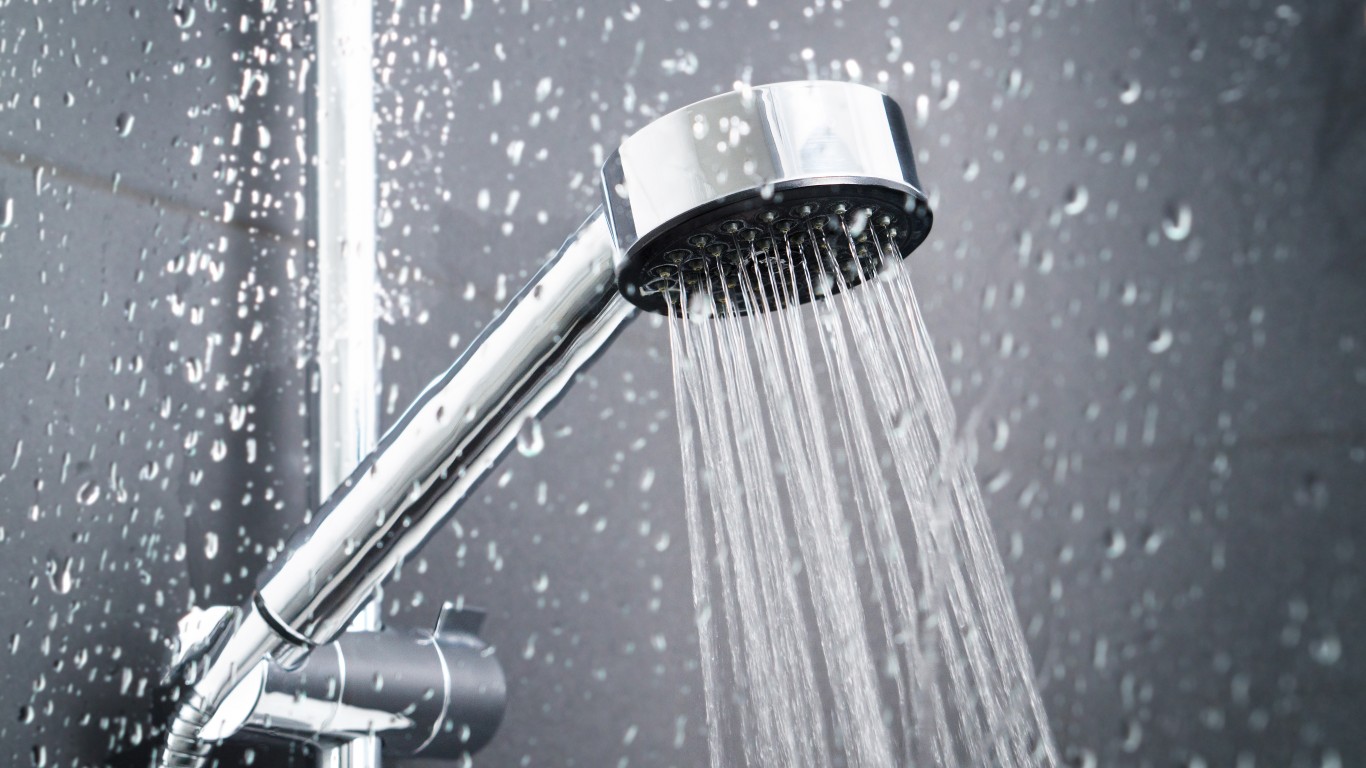
8. Use the bathroom fan
Bathroom air is humid. Hot water from taking showers increases the humidity in the air and leaves bathroom surfaces damp, creating an ideal environment for the growth of mold, mildew, and other microorganisms that can affect your health. Bathroom fans are designed to move the moisture to the outdoors, and help evaporate moisture left on mirrors, shower walls, and other surfaces.
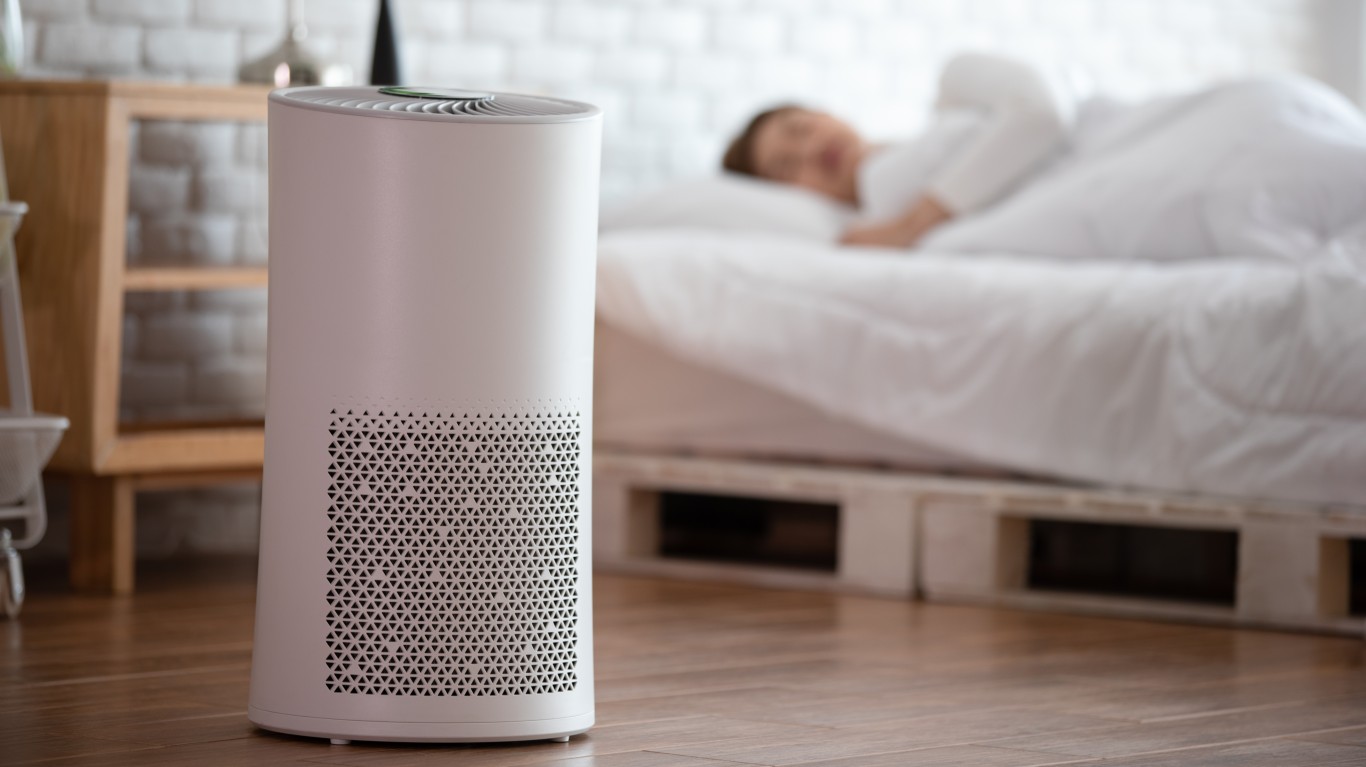
9. Buy an air purifier
Air purifiers offer the largest benefits to allergy victims by removing pollen and pet dander, though, in the absence of pets or open windows allowing for the inflow of pollen, their value in aiding health is not universally accepted. Cheaper models with flimsy filters are probably not useful at all; models with HEPA or other expensive filters are better, provided that filters are changed regularly. Purifiers are generally not needed if your home has a modern heating and cooling system and the air filters are changed as needed (see No. 1).
[in-text-ad-2]
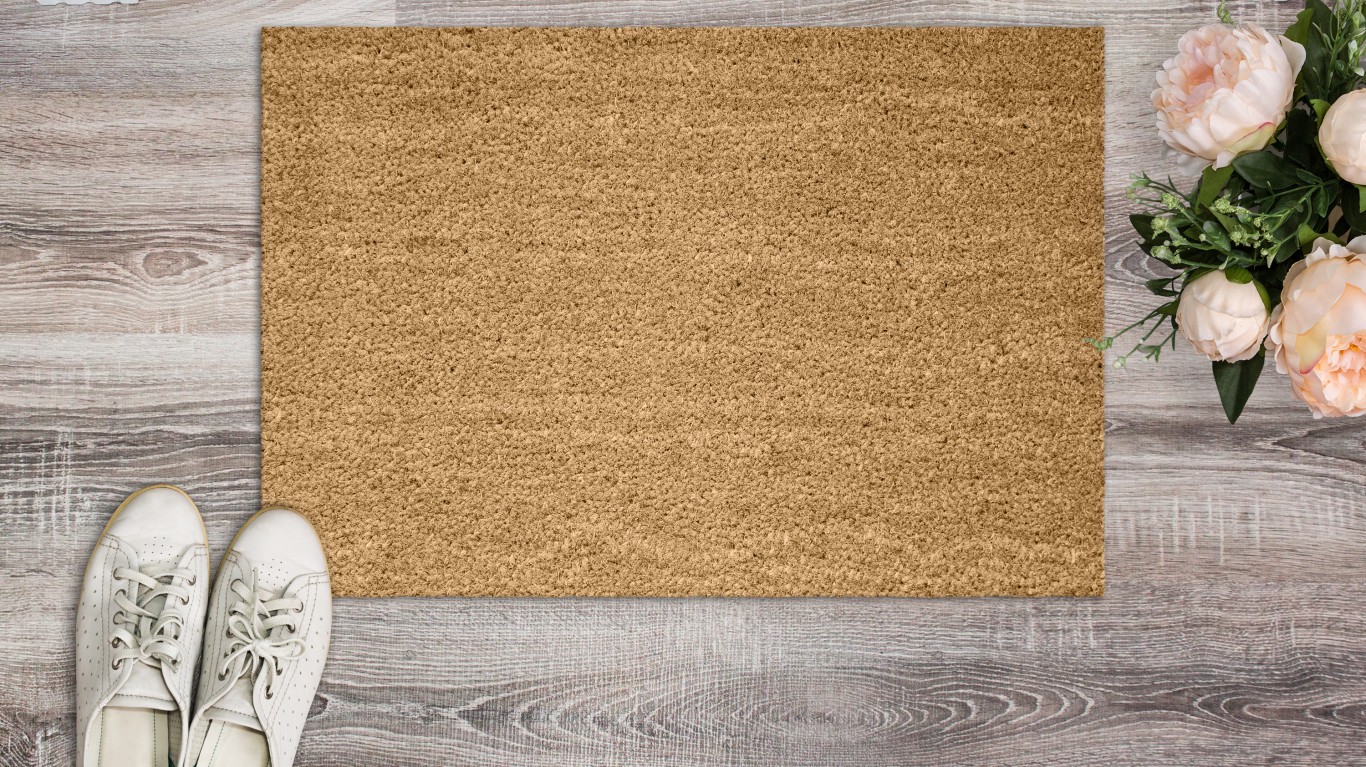
10. Take off your shoes at the door
The debris that comes into the house on the soles of your shoes is not just making your floors and carpets dirty, it may actually cause illness. Dirt, animal poop, and even leaves on your shoe bottoms can harbor bacteria. Researchers at the University of Houston found that 40% of the shoes they studied carried the C. diff bacteria, which can cause an intestinal infection that leads to colitis and is antibiotic resistant, making it difficult to treat. University of Arizona scientists found shoes contaminated with E. coli, a pathogen which can cause stomach and intestinal problems; and Klebsiella pneumoniae, a bacterium that damages the lungs and leads to a deadly type of pneumonia.
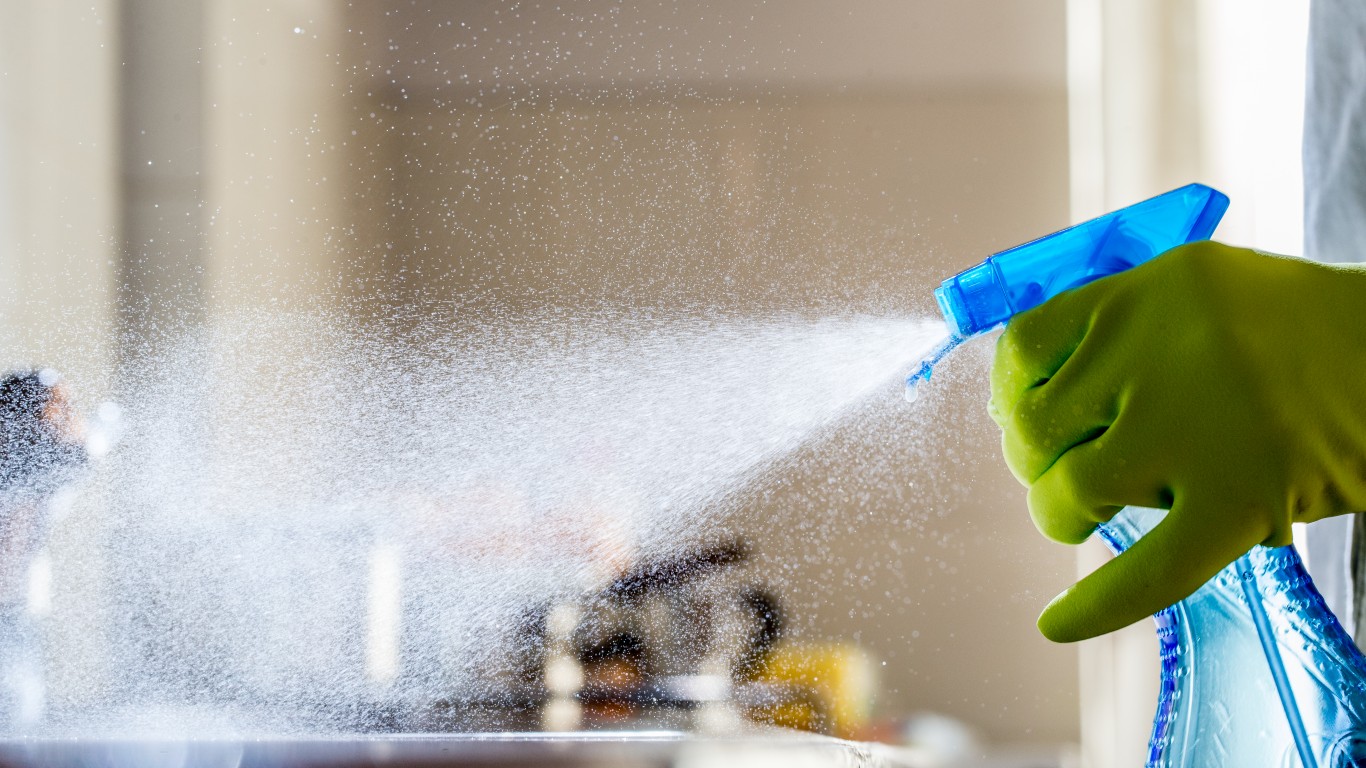
11. Use fragrance-free cleaning products
A 2020 international study found that fragrances in consumer products are a major source of indoor pollution, primarily in the form of VOC’s, which are not disclosed on the label. A significant percentage of the population suffers headaches, nausea, respiratory, and other problems from exposure to cleaning product fragrances, with 7.6% of adults reporting negative reactions from laundry detergent dryer fumes and 15.7% feeling sick when exposed to rooms cleaned with products with fragrances. Much higher percentages of individuals with autism or asthma suffer from these exposures.
[in-text-ad]
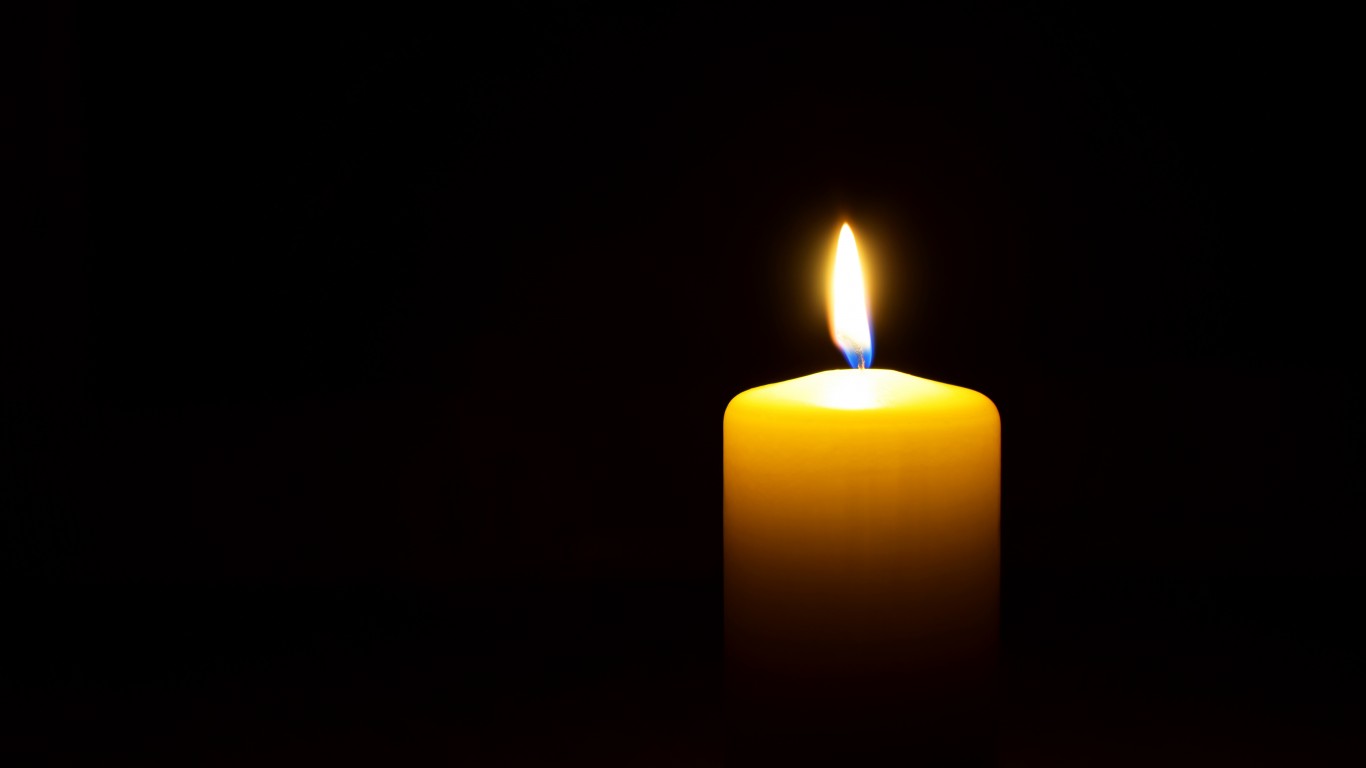
12. Don’t use candles
Burning candles releases small amounts of VOC’s and soot (which results from any type of burning), but in such small quantities that candles are not considered a significant contributor to indoor air pollution. However, candles that have a fragrance may trigger health problems in some individuals, particularly among sensitive populations such as people with autism and asthma. In an international survey that looked at scented consumer products generally, 32.2% of the respondents reported negative reactions to some listed products, which included scented candles.
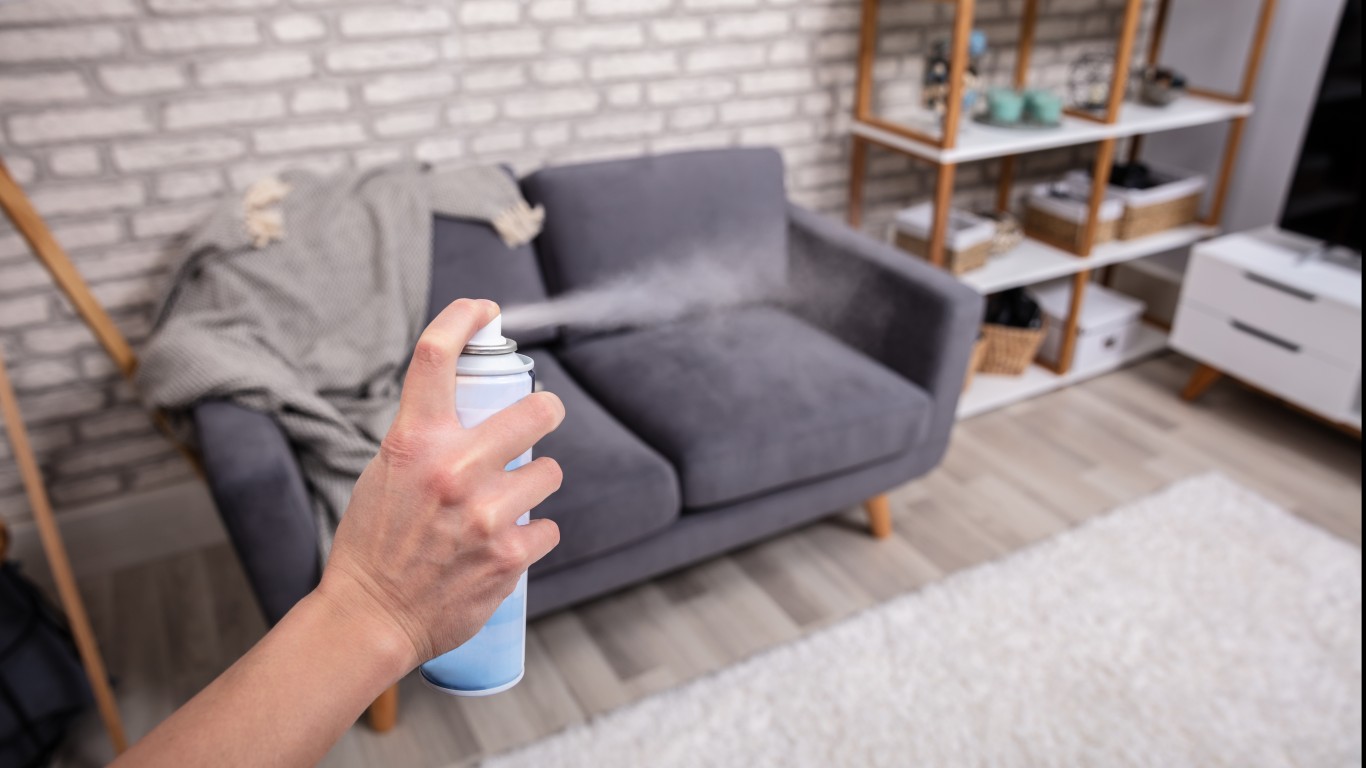
13. Avoid air fresheners
Air fresheners emit a number of toxic chemicals, mainly VOCs. In a U.S. survey, 20.4% of respondents reported negative health effects from air fresheners and deodorizers. Among them, 9.5% had respiratory problems, 7.6% had mucosal symptoms, 7.2% experienced migraine headaches, 5.7% suffered skin problems, and 4.7% reacted with asthma attacks. So-called “green” and “natural” products do not offer a safer alternative as they also have hazardous components, and do not emit significantly different amounts or types of carcinogenic air pollutants than conventional products..
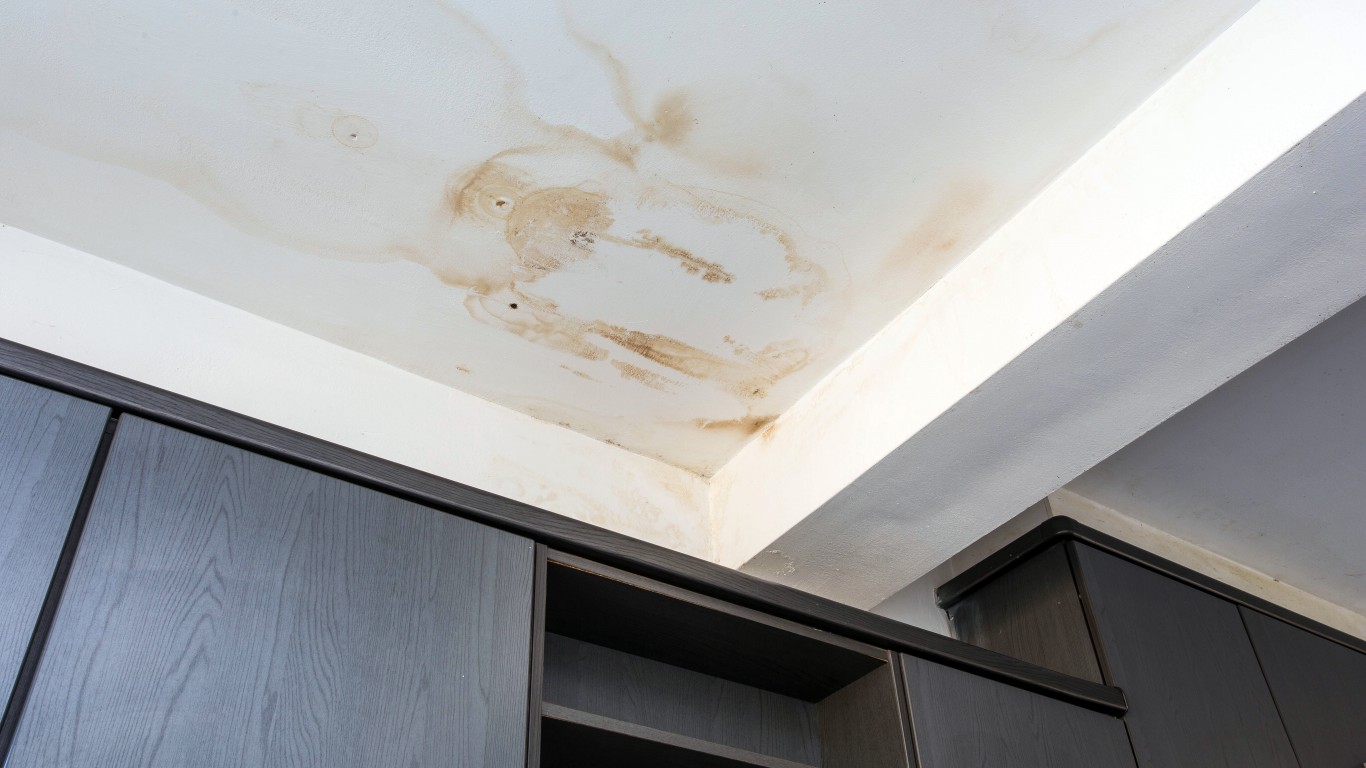
14. Fix water leaks
A water leak that is not detected and fixed quickly will lead to wet or damp areas in the house that provide an environment for the growth of mold, mildew, and bacteria. Once mold spreads into walls, furniture, and carpets it can be difficult to remove. Mold can have mild to serious health impacts, particularly for people with allergies, asthma, and other respiratory problems.
[in-text-ad-2]
15. Check for radon levels
Radon is a naturally occurring radioactive gas that can enter your home through the ground or well water. Drinking radon-contaminated water is much less of a health hazard than breathing radon, especially breathing it regularly over of time. Radon is the cause of 21,000 lung cancer deaths a year.
Every home should be tested for radon, and this is most likely to happen when a home is bought or sold. If you are unsure whether your home has been found to be free of dangerous levels of radon, you can purchase a test kit yourself. If you find that the air in your house has unacceptable levels of radon as described in the test kit instructions, there are specialized contractors that can reduce exposures through a variety of remedies, from basement sealing to barrier and ventilation systems
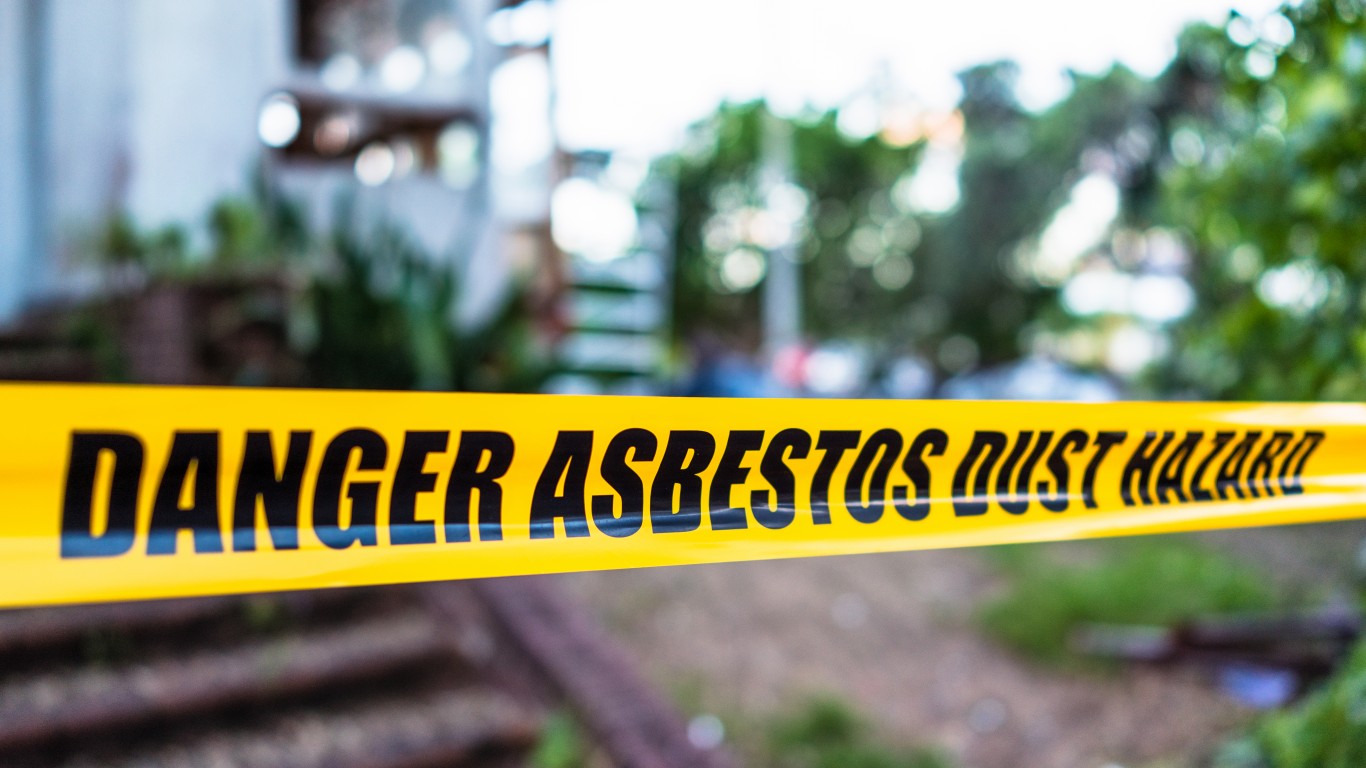
16. Don’t disturb asbestos products
Asbestos was, at one time, used heavily in construction materials, primarily in insulation, fireproofing, soundproofing, and tiles. As these materials age they become brittle and can release fibers that are extremely dangerous to breathe and potentially cancer causing. If undisturbed, they will not usually contribute significantly to indoor air pollution, but if you are remodeling or have other reasons to handle asbestos products, only use contractors licensed to manage asbestos.
[in-text-ad]
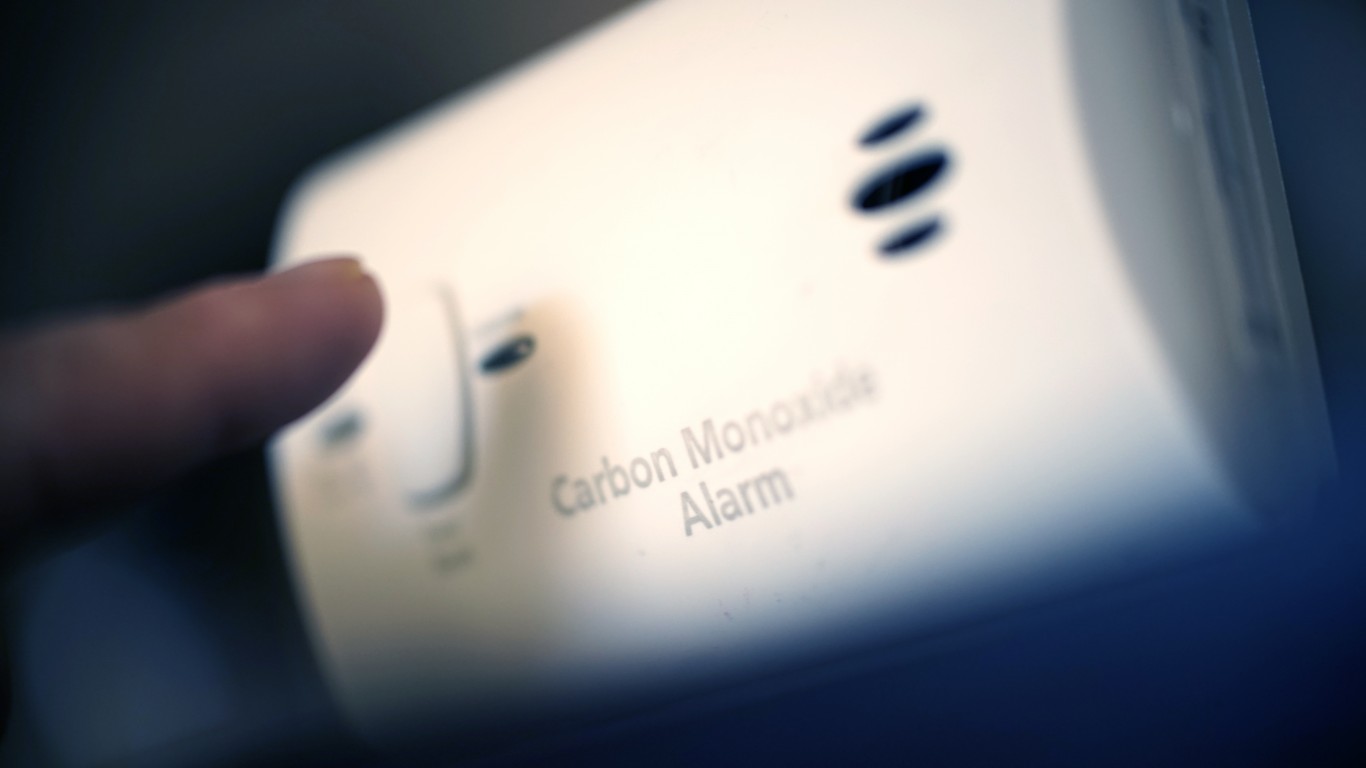
17. Install a carbon monoxide detector
Carbon monoxide, a colorless, odorless, and potentially deadly gas, is a common pollutant in the home, as it is emitted whenever gas, wood, kerosene, coal, or gasoline is burned. Emissions from standard appliances should not present a problem in a well-ventilated house. A greater risk is created when cars are left running in an attached garage, gas engines are employed or repaired in a basement, or portable heating devices are used in an emergency or as a supplement to the heating system. In a house with poor ventilation or where combustion fumes are present, it is a good idea to monitor for dangerous levels of carbon monoxide.
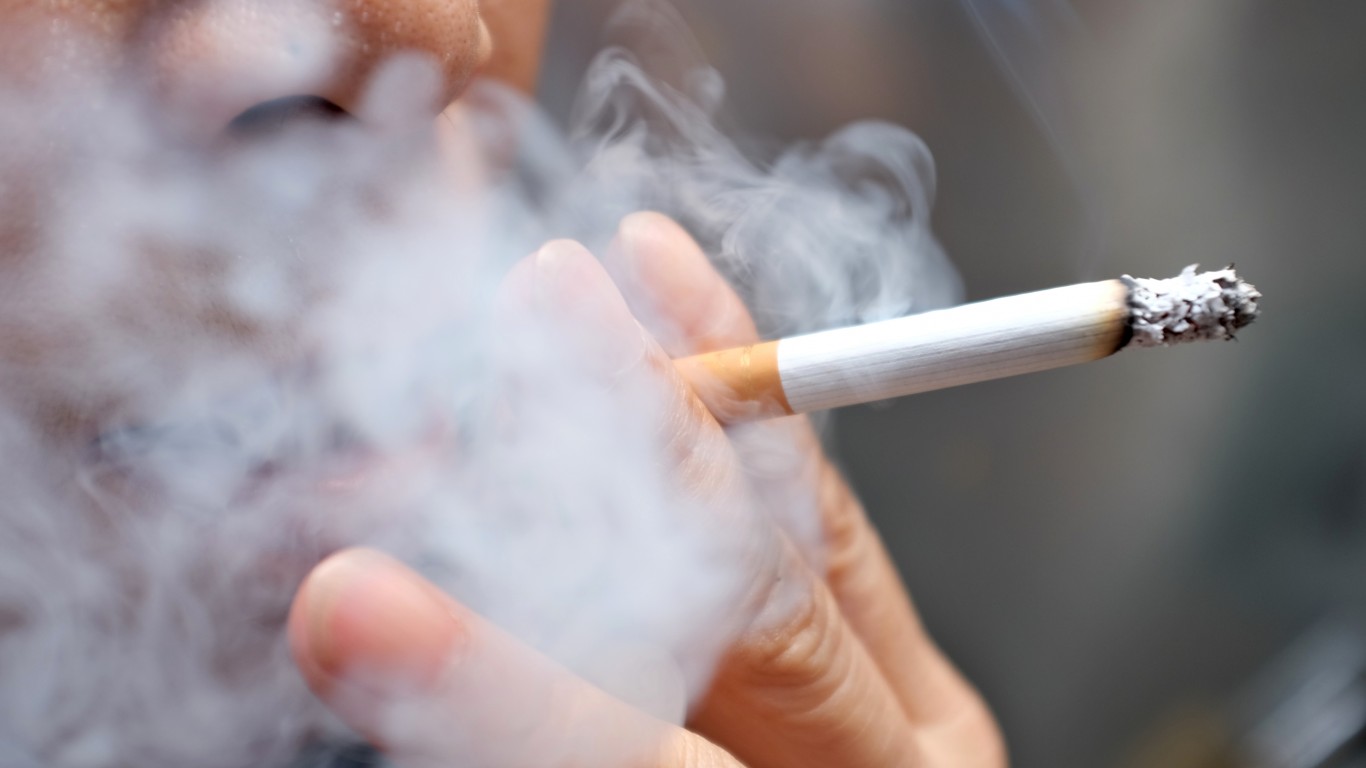
18. Don’t smoke
Non-smoking adults exposed to second-hand tobacco smoke have a 20-30% increased risk of lung cancer, and 34,000 die each year from heart failure as a result of the exposure. And there are many other potential health effects, from mild nausea, eye irritation to asthma and sudden infant death syndrome. Children are particularly vulnerable to a range of negative health impacts.
With the shift to no-smoking policies in the workplace and public areas, the greatest risks from smoking have moved to the home, where there is no safe level of second-hand smoke. There is also danger from what some health officials call “third-hand smoke” — multiple toxic substances in tobacco smoke can cling to home furnishings. The only way to protect your family is to never allow smoking in the house.
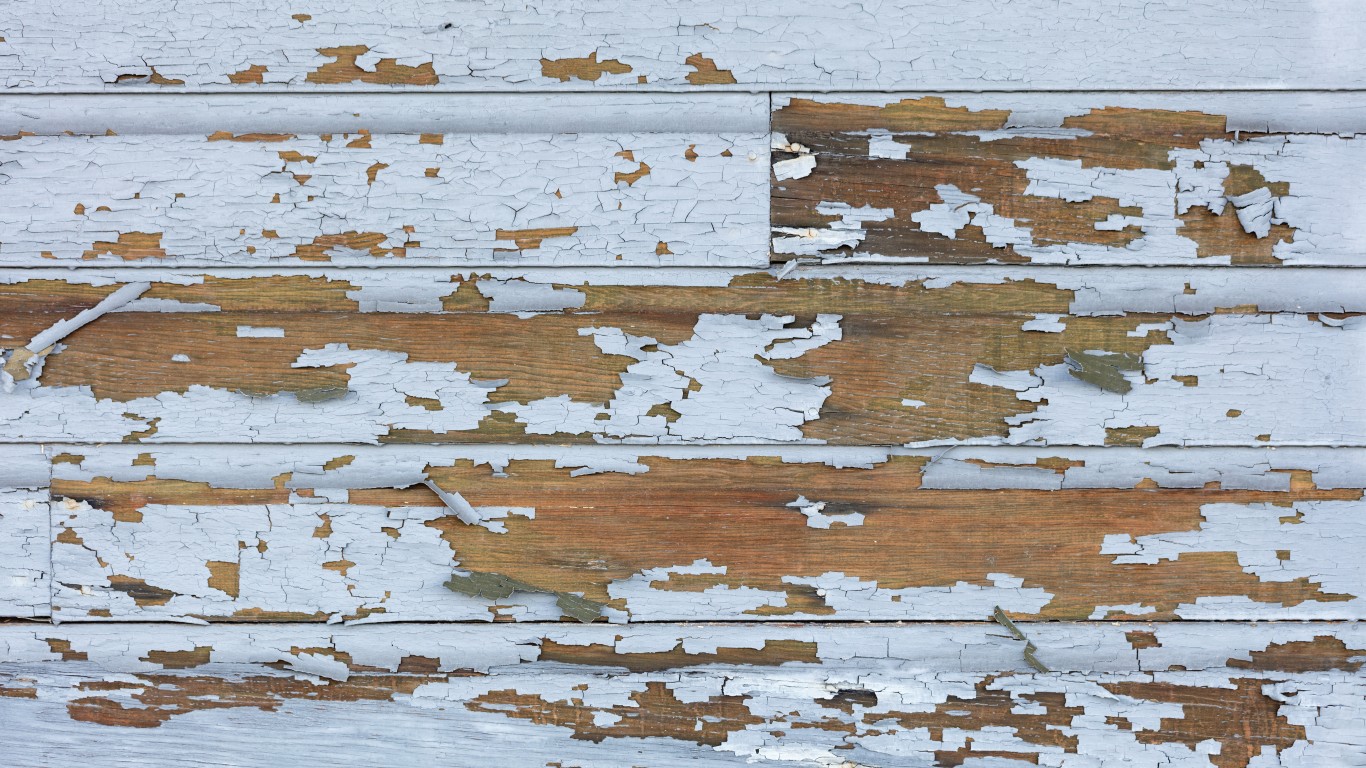
19. Assess lead levels in older homes
Exposure to lead is extremely harmful, most notably in its impact on a child’s ability to develop and learn. Heavy urban exposures were reduced with the removal of lead from gasoline, and, over time, lead pipes have been replaced, though there are incidences of aging municipal systems poisoning local water supplies.
In the home, the major remaining threat from lead comes from lead paint in older housing stock when the home has not been renovated since 1978 when lead was banned from residential paint. Young children are known to suffer terrible consequences from eating paint chips from window sills or playing in lead contaminated dirt. Other exposures occur when renovations are undertaken without supervision by professionals trained in safe lead removal.
[in-text-ad-2]
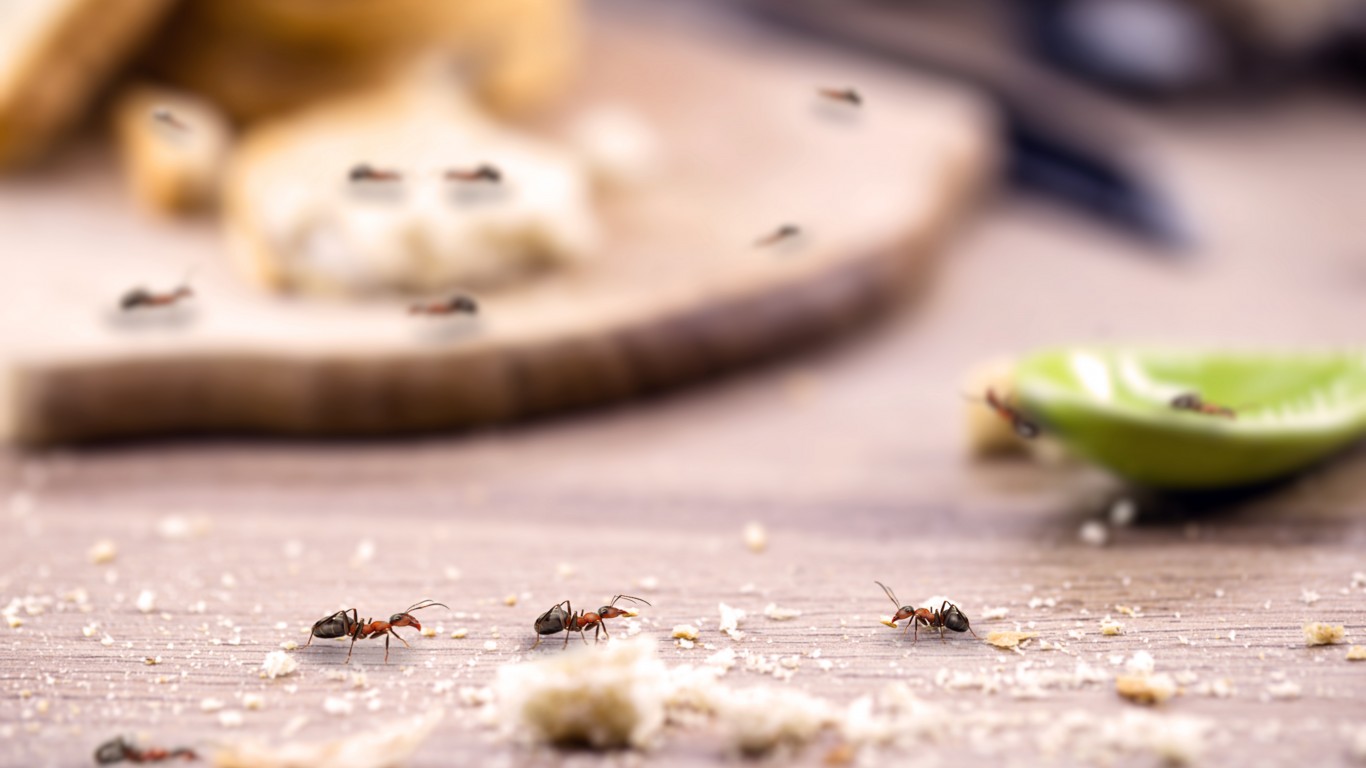
20. Minimize indoor pesticide use
Pesticides, by definition, are designed to kill, and their chemical makeup is inherently dangerous. Exposure can cause a range of health effects, from headaches and nausea to cancer and neurological damage. When using pesticides indoors, including disinfectants, follow manufacturers’ directions carefully, remove pets and children from the home during application, and make sure you have plenty of ventilation. Don’t store pesticides inside the house, and never in reach of children.
Are You Ahead, or Behind on Retirement? (sponsor)
If you’re one of the over 4 Million Americans set to retire this year, you may want to pay attention.
Finding a financial advisor who puts your interest first can be the difference between a rich retirement and barely getting by, and today it’s easier than ever. SmartAsset’s free tool matches you with up to three fiduciary financial advisors that serve your area in minutes. Each advisor has been carefully vetted, and must act in your best interests. Start your search now.
Don’t waste another minute; get started right here and help your retirement dreams become a retirement reality.
Thank you for reading! Have some feedback for us?
Contact the 24/7 Wall St. editorial team.
 24/7 Wall St.
24/7 Wall St. 24/7 Wall St.
24/7 Wall St.